Dreaming of transforming your windowsills or backyard into a lush, vibrant haven? You’re not alone. Starting a home garden has quickly become one of the most rewarding and colourful trends amongst people of all ages and backgrounds. Whether your thumbs are already green or you’re just dipping your hands into the compost, cultivating a thriving garden at home is absolutely within your reach. Here’s a beginner’s handbook with step-by-step secrets to ensure your patch of paradise blossoms beautifully.
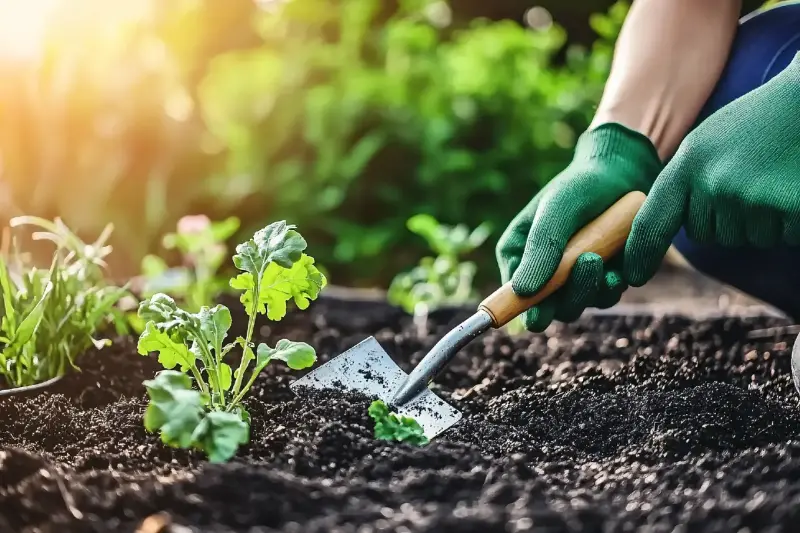
Getting To Know Your Soil And Space
Success in gardening often starts beneath your feet. Before planting the first seed, take a little time to understand the soil in your chosen spot. Soil is the backbone of any thriving garden, and its quality can make the difference between flourishing blooms and lifeless stems.
To test your soil, all you need is a simple home soil kit or a visit to your local garden centre. Look out for elements such as texture, pH levels, and drainage. Loamy soil, which crumbles easily and feels soft and rich, is the gold standard for most plants. If your soil is clay-heavy, sandy, or chalky, don’t fret—there’s a fix for everything. Mixing in organic compost or mulch works wonders to regulate drainage and nutrition.
Sunlight is another fundamental ingredient. Observe your garden space over a couple of days, noting which parts receive morning sun, afternoon shade, or a balance of both. As a beginner, focus on areas that get at least six hours of sunlight a day—perfect for a variety of flowers and vegetables.
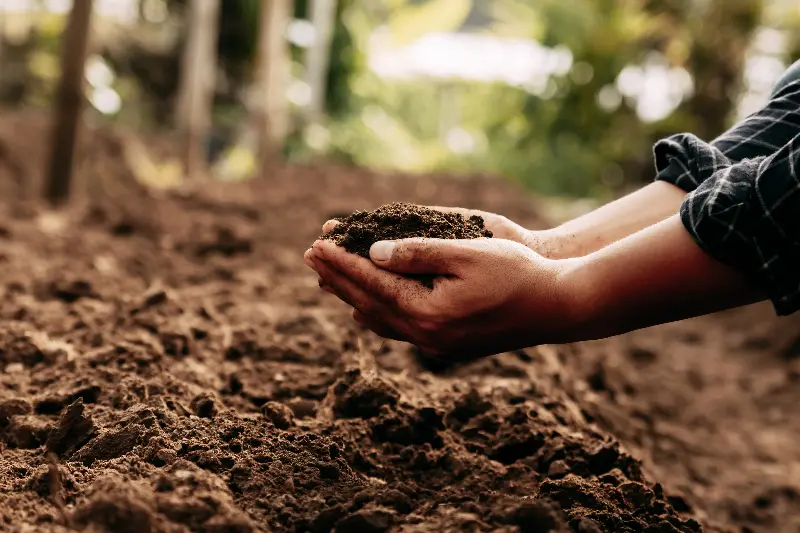
Choosing The Right Plants For Beginners
The secret to building confidence as a gardener is picking plants that are forgiving and relatively low-maintenance. Some flowers and edibles practically grow themselves, offering both beauty and bounty with minimal fuss.
If you fancy colours and fragrances, start with marigolds, petunias, or sunflowers. These resilient blooms bring cheer to borders and pots alike. For edible wonders, lettuce, radishes, and cherry tomatoes are ideal—they germinate fast and suit most climates, giving you prompt results. Herbs like basil, mint, and chives are classic kitchen staples. Tucked into a balcony box or garden bed, they thrive with little intervention.
A lesser-known fact: grouping plants with similar sunlight and water needs makes maintenance a breeze and boosts their overall health. This technique, known as companion planting, can also deter pests and attract helpful pollinators.
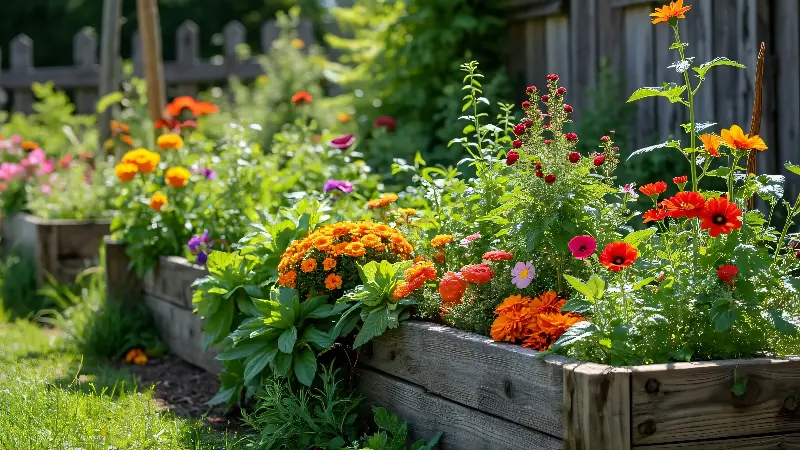
Mastering The Art Of Watering
Watering seems straightforward, but there are secrets to doing it right. Overwatering is a common mishap among novice gardeners. Most plants prefer their roots to dry out between waterings—think of it as allowing them to take a breath.
A golden rule is to water early in the morning. This minimises evaporation and gives plants a full day to absorb moisture before the heat sets in. When watering, aim for the soil, not the leaves, to keep fungal diseases at bay. A soaker hose or drip irrigation system is not just for large gardens; even smaller plots benefit from slow, steady hydration that reaches the roots directly.
Pro tip: lift your potted plants or gently dig into the soil to check for moisture. If it feels damp a couple of centimetres down, hold off watering for another day or two.
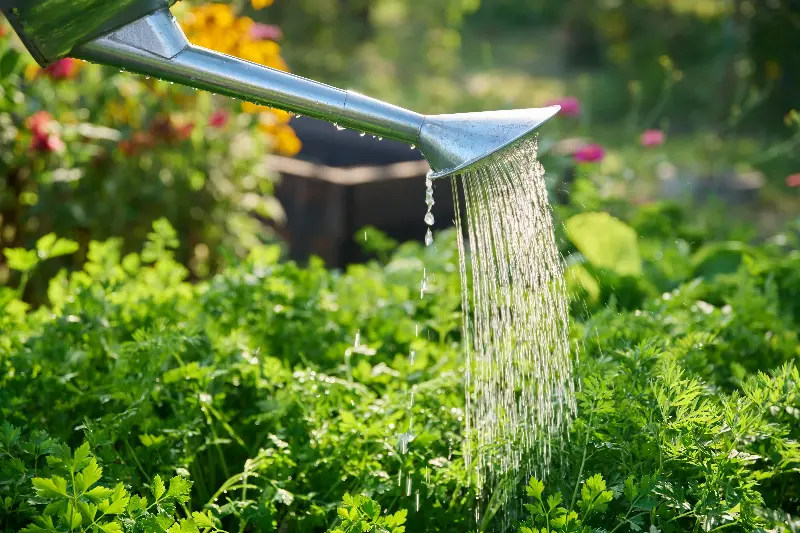
Feeding Your Garden The Right Way
Much like humans, plants thrive on a good diet. The secret isn’t necessarily in buying fancy fertilisers; often, it’s about enriching your garden naturally and sustainably.
Start by making your own compost from kitchen scraps and garden clippings. Compost delivers essential nutrients and enriches your soil’s texture. For those who are space-strapped, worm bins or bokashi buckets can fit discreetly under sinks or in sheds.
If you need an instant boost, organic liquid fertilisers (like seaweed or fish emulsion) are gentle but effective. The best tip is to feed during active growing seasons—spring and summer—when plants need energy to develop roots, stems, and flowers.
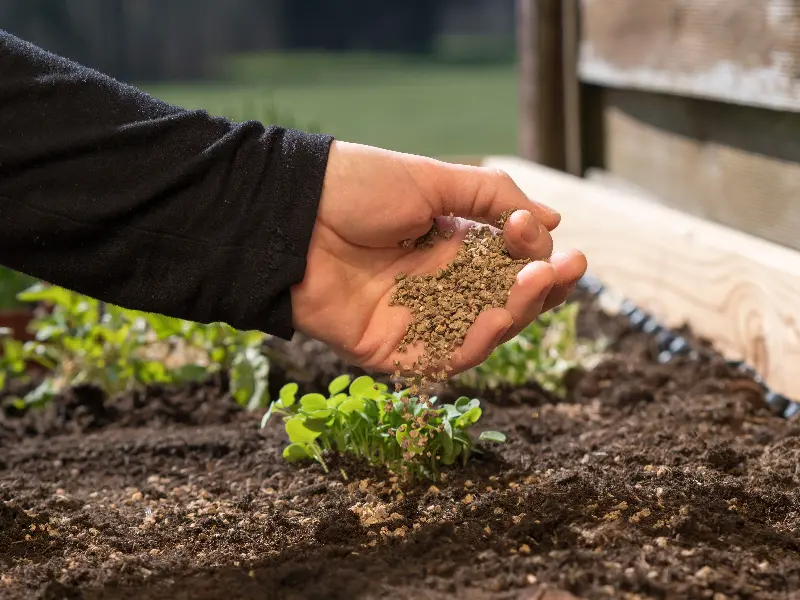
Dealing With Pests And Problems The Eco-Friendly Way
Pests are an inevitable, if slightly unwelcome, part of gardening life. The trick is not to wage chemical warfare but to build biodiversity and harness natural deterrents.
Planting marigolds or nasturtiums can repel aphids, while herbs like rosemary and lavender deter moths and beetles. Encourage birds and ladybirds to visit; they’re fantastic pest patrols. If you do spot unwelcome bugs, a gentle soap spray (a few drops of mild dish soap in a spray bottle) can work wonders without harming your plants or the environment.
Remember, not all bugs are bad. Some, like bees and butterflies, are essential pollinators. Take a little time to identify your garden’s visitors before taking action.
Celebrating Your First Harvest And Beyond
One of the greatest joys in home gardening is the moment you spot your first flower, cut your first bouquet, or harvest a basket of crisp lettuce. Celebrate these victories, no matter how small. Gardening is as much about the journey—the peaceful hours spent outdoors, the discovery of a new bloom, the scent of fresh earth—as it is about the results.
With each season, your confidence (and your garden) will grow. Swap stories and cuttings with neighbours or join local garden groups for extra support and inspiration. As your skills progress, you’ll find endless ways to expand: try vertical gardens, experiment with unusual vegetables, or design spaces for wildlife.
Gardening is not just a hobby—it’s a colourful lifestyle upgrade that brings beauty, health, and a sense of accomplishment to any home. So, gather your trowel, put on your gloves, and let your home garden adventure begin.
